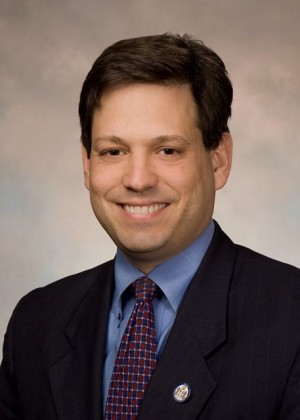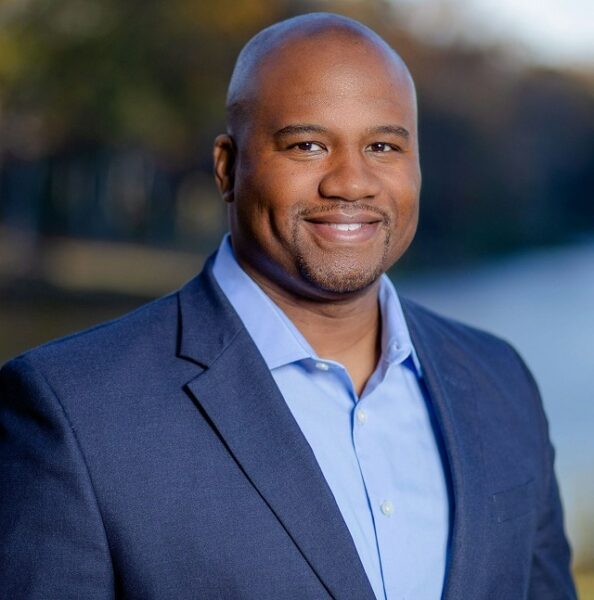Each May, for one week, the Nation recognizes the service and sacrifice of the country’s law enforcement officers. In 1962, President John F. Kennedy signed a proclamation naming Peace Officer Memorial Day as May 15 and the week this day falls as “National Police Week”.
This year, we will celebrate our profession and remember our fallen brothers and sisters May 13-19. Thousands of law enforcement officers from the region, state, country, and even from across the world descend upon the Washington, D.C. metropolitan area to honor those who made the ultimate sacrifice in the line of duty and to come together as family to support one another in mutual camaraderie. Although this week is often considered a somber time meant to reflect and remember those we have lost, we can also use this week to take time and thank those who have served and continue to serve their communities.









